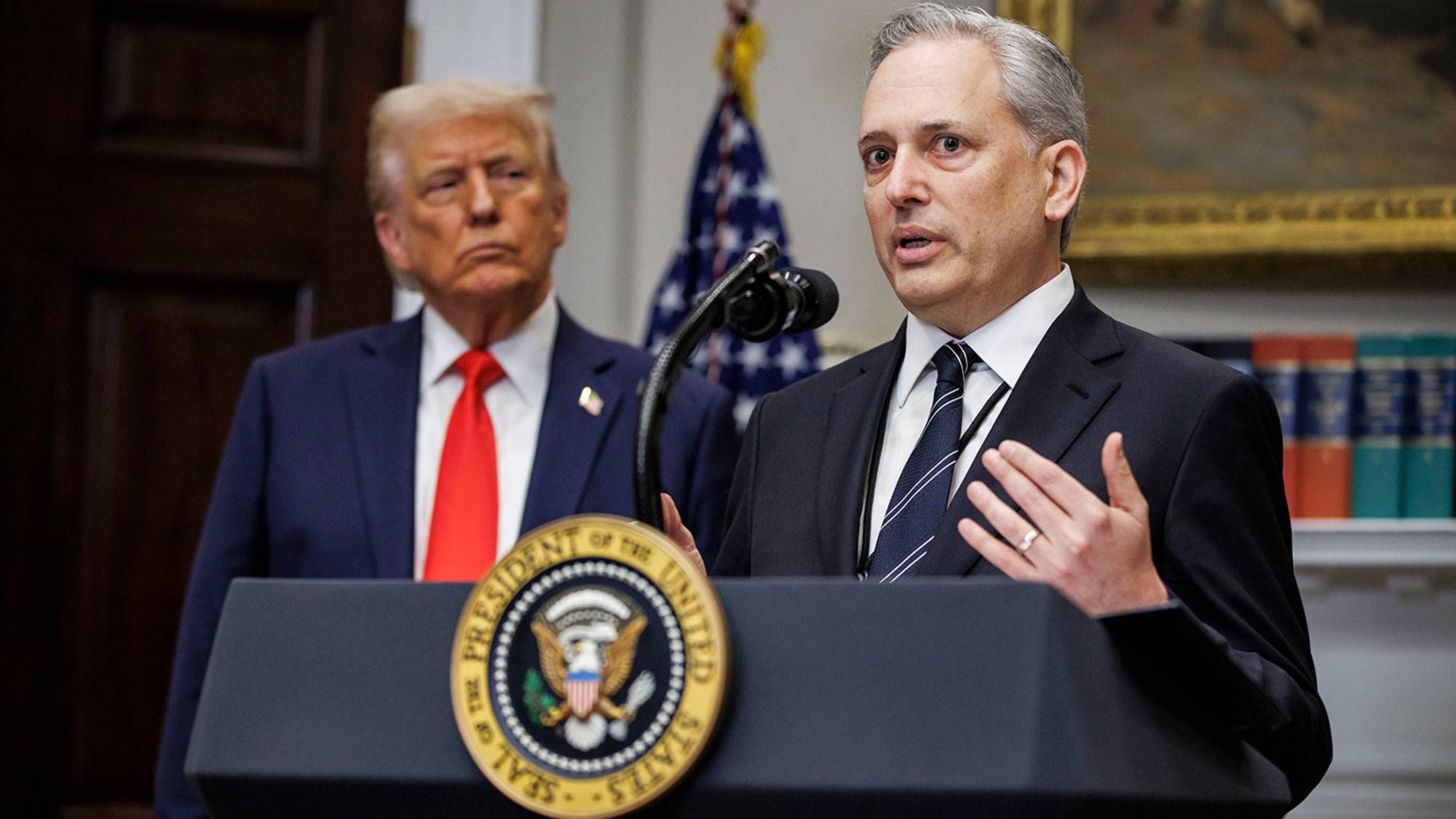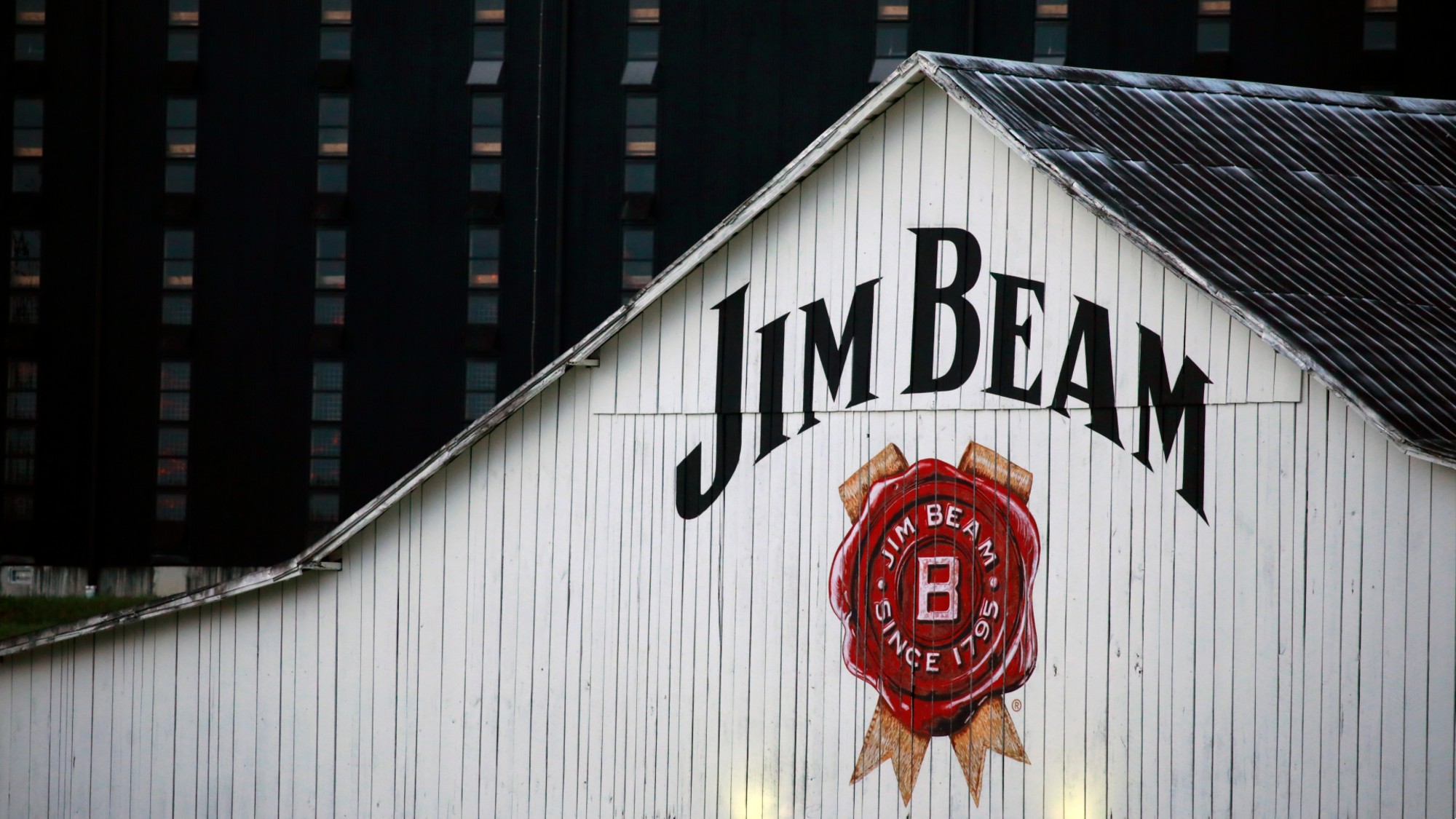A Wall Street Fairy Tale
Now that the danger appears to have passed, Wall Street honchos, with support from some in Congress, are telling themselves that the financial system was perfectly sound all along. We can’t afford their delusion.
The story we tell ourselves about what happened to the financial markets last fall is vitally important. It will determine what form financial market regulation takes in the next few decades, and how vulnerable we will be to the next disruption. At this moment, a relatively calm one, a fictional version of last fall's events is gaining traction. So let's review a few foundational facts.
September 2008 was a busy month. On Sunday, the 7th, the U.S. government nationalized the two large government-sponsored mortgage enterprises, Fannie Mae and Freddie Mac, which had been privatized in 1968. The following Sunday, the investment-banking house of Merrill Lynch was forcibly merged into Bank of America. The next day, Lehman Brothers simply did not open. The old-line investment bank went into an uncontrolled and unsupervised bankruptcy, and all financial-market expectations that the Federal Reserve and the Treasury would guarantee the unsecured debt of every substantial investment bank in America, as they had for Bear Stearns, went out the window. Wednesday, Sept. 17, saw the nationalization of American International Group, which, unlike Lehman, was deemed too big to fail. Government-injected cash went straight through AIG and out the other end—like grain through a goose. The forced feeding may total $300 billion before we are through.
The bankruptcies of Fannie, Freddie, Lehman, and AIG; the fall in the prices of risky assets worldwide; the shutdown of the flow of funds through financial markets as trust evaporated and everyone presumed that whomever they entrusted their money to might go bankrupt—this was September's harvest. Risk tolerance collapsed. People became much less willing to hold risky assets at any price. The interest rate on 30-year Treasury bonds fell to less than 3 percent. And it was presumed that every large bank in America would be bankrupt if they were forced to mark to market.
The Week
Escape your echo chamber. Get the facts behind the news, plus analysis from multiple perspectives.

Sign up for The Week's Free Newsletters
From our morning news briefing to a weekly Good News Newsletter, get the best of The Week delivered directly to your inbox.
From our morning news briefing to a weekly Good News Newsletter, get the best of The Week delivered directly to your inbox.
The banks' survival depended on their (a) not having to sell assets until asset prices rebounded, and (b) the availability of enough government money, at cheap enough prices, to enable them to avoid selling any assets at fire-sale prices.
This troubling tale led to the largest recession in postwar history. Yet if you go to the big banks of Wall Street right now, most of them will say: "What is the problem?" They will deny that any changes in the way they run their businesses are called for. "Sure there were a few scary moments," they say, "but big shocks cause scary moments. And our fundamental business model is sound."
Indeed, as Paul Kedrosky points out, if you look at the stock prices of Goldman, JPMorgan Chase, Barclays, and Morgan Stanley, they are back where they were in late August 2008 before the worst unpleasantness began. (Citi, however, is still down 75 percent and Bank of America is off 67 percent.) So, they say, there is no need for government investments in, or control over, their businesses; no need for restrictions on how much they can pay whom or for what; no need to restrict how much leverage they assume or what they invest in or how much capital they must hold. The smart banks, they say, figured out that the mortgage market was headed for a crash and managed to profit from the boom without being destroyed by the bust. It was only the dumb banks, they say—Bear Stearns, Lehman, AIG, Fannie, Freddie, and to a lesser degree, Citi and Bank of America—that suffered severely. That's how the market works.
This is a fairy tale.
A free daily email with the biggest news stories of the day – and the best features from TheWeek.com
Suppose for a moment, that things had been handled differently last September. Suppose that the Federal Reserve had announced not that it was buying up the stock of AIG and that it would make sure that all of AIG's debts were paid, but rather that AIG was bankrupt. Suppose the Federal Reserve said it would rescue AIG's bank clients by paying out cash at par for contracts with AIG—provided that it also got (a) upside warrants in the bank and (b) an illiquid, long-dated note, the value of which would be determined by formula after the crisis passed.
In that case, Goldman, JPMorgan, Barclays, Morgan Stanley, Citi, and Bank of America would still have been able to function—they would have had enough cash to pay their bills and enough assets to match their liabilities—but they would now be owned by the federal government. Because all the money passed through AIG to the banks would not be a loss for the government but would rather have been in the form of government investments in still-solvent banks. The resulting expansion of the banks' share issue would have left their stock prices today a shadow of their values last August.
When American high finance hedged its mortgage risk by buying derivatives from AIG, it did not perform due diligence to figure out if AIG could in fact meet its obligations. This failure cost American high finance an amount that may ultimately reach $300 billion. And it would have been fatal had the government not come to their rescue.
Had the government stepped in by discounting AIG paper in return for warrants and notes at fair market values, the banks' life-support apparatus would have been obvious. It is only because the government stepped in by nationalizing AIG and guaranteeing its debts that American high finance now has healthy stock prices, and that the senior executives of the big banks—except Citi, Bank of America, Lehman, and Bear Stearns—are congratulating themselves for their skillful navigation through the crisis.
The fact that the rescue of the banking system took the form of nationalization of AIG, and the honoring of its paper, rather than equity investments by the government in the banks, and the discounting of AIG paper, has encouraged a bout of revisionism in which most of Wall Street and at least a third of Congress now embrace a fairy tale. They tell themselves—and us—a story of a banking system that was fundamentally sound, that merely needed a little temporary liquidity to tide itself over a panic. But the true story is one of an overleveraged banking system that was insolvent save for a $300 billion gift from American taxpayers.
In September, Wall Street was overrun with bears. Now it seems Goldilocks has taken up residence there, too.
Brad DeLong is a professor in the Department of Economics at U.C. Berkeley; chair of its Political Economy major; a research associate at the National Bureau of Economic Research; and from 1993 to 1995 he worked for the U.S. Treasury as a deputy assistant secretary for economic policy. He has written on, among other topics, the evolution and functioning of the U.S. and other nations' stock markets, the course and determinants of long-run economic growth, the making of economic policy, the changing nature of the American business cycle, and the history of economic thought.
-
 Trump vs. states: Who gets to regulate AI?
Trump vs. states: Who gets to regulate AI?Feature Trump launched a task force to challenge state laws on artificial intelligence, but regulation of the technology is under unclear jurisdiction
-
 Decking the halls
Decking the hallsFeature Americans’ love of holiday decorations has turned Christmas from a humble affair to a sparkly spectacle.
-
 Whiskey tariffs cause major problems for American distillers
Whiskey tariffs cause major problems for American distillersIn the Spotlight Jim Beam is the latest brand to feel the pain
-
Issue of the week: Raising the minimum wage
feature How will raising the federal minimum wage from $7.25 to $9 an hour affect the economy?
-
Issue of the week: Breaking up the big banks
feature There’s a growing realization that we need to end the taxpayer guarantees that Dodd-Frank left in place.
-
Issue of the week: The death of daily deals?
feature This is a “winter of discontent” for daily deal companies Groupon and LivingSocial.
-
Issue of the week: CEOs tackle the deficit
feature America’s top business leaders sent Congress an open letter urging immediate action on the $16 trillion national debt.
-
Issue of the week: Does Wall Street need speed limits?
feature High-frequency trading now accounts for as much as 70 percent of market volume.
-
Issue of the week: Victory for a bank watchdog
feature A New York state financial regulator accused a London-based bank of laundering $250 billion for Iran.
-
Issue of the week: A former megabanker’s conversion
feature Sanford Weill, the architect of the modern megabank, now favors the end of too-big-to-fail banks.
-
Issue of the week: Libor scandal rocks banking
feature The interest rate scandal is just beginning and may soon engulf at least a dozen other major banks.